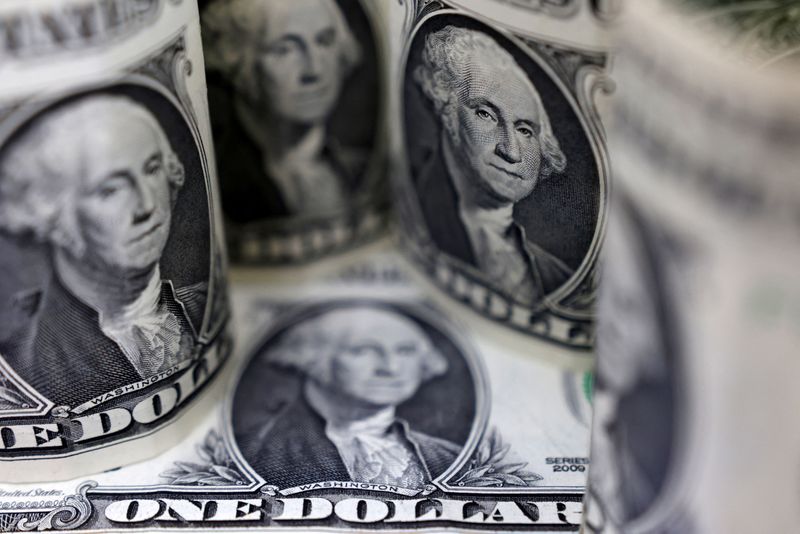On Wednesday, the dollar exhibited a sideways trading pattern after a significant rally to a seven-week high the previous week. This pause provided some respite for the Japanese yen and other major currencies as investors took a moment to evaluate the outlook for interest rates in the United States. The New Zealand dollar saw a notable decline, hitting its lowest level since August 19 at $0.6096, following a substantial 50 basis point cut by the Reserve Bank of New Zealand. This marked a continuation of the central bank’s efforts to reduce rates from 15-year highs, which had begun with an easing cycle initiated in August. The kiwi’s value was down 0.55% at $0.61035 as the market responded to the RBNZ’s move.
The economic calendar in the U.S. this week is relatively light, offering a brief respite after a robust jobs report on Friday significantly boosted the dollar’s strength. As investors wait for crucial economic indicators, attention turns to the release of the Federal Reserve’s minutes from the September meeting. These minutes are expected to reflect discussions surrounding a declining labor market, which culminated in consensus among most policymakers to enact a 50-basis point cut. However, expectations for another significant interest rate reduction in November are diminishing following the recent nonfarm payroll data, which painted a more optimistic picture of the employment landscape than previously anticipated.
Current market sentiment reflects about an 85% probability of a quarter-point interest rate cut next, with a slim chance that the Federal Reserve may opt to maintain rates. Investors are particularly focused on the upcoming Consumer Price Index (CPI) report, expected to be pivotal for providing insights into inflation trends and influencing future monetary policy. Analysts note that for the U.S. dollar to maintain its rebound, the upcoming CPI figures, as well as forthcoming corporate earnings reports, will be critical in reinforcing the narrative of U.S. economic exceptionalism.
As the dollar steadied, the dollar index remained flat at 102.490, not far off its recent seven-week high of 102.69. The euro managed to stabilize around $1.0977, while the pound traded at $1.3101, close to a three-week low of $1.30595. Trading for the dollar against the yen remained relatively stable around 148.28 yen after reaching a high of 149.10 earlier in the week. Elsewhere, the Australian dollar continued to face challenges, falling to $0.6715 on Tuesday—a low not seen since mid-September—following dovish signals from Australia’s central bank. It was trading slightly higher at $0.67415, showing tentative signs of recovery.
Investor sentiment remains cautious as attention also shifts to developments in China. The previous market session was marked by volatility in Chinese and Hong Kong markets, which prompted concerns among investors. On Tuesday, Beijing expressed strong confidence in achieving its full-year growth target; however, the lack of immediate fiscal measures to bolster economic recovery underwhelmed investors who were anticipating more decisive action from policymakers. This caution is reflected in the offshore yuan, which stabilized around 7.0695 per dollar, indicating a need for balance amid economic uncertainties.
Overall, the movements in currency markets reflect a complex interplay of monetary policy, economic data, and geopolitical considerations. Investors are keenly awaiting upcoming data releases that may provide further direction for currency valuations and potentially set the stage for the market’s response to shifts in interest rates. The anticipation surrounding the Federal Reserve’s actions, economic indicators, and the economic landscape in major economies like New Zealand and China underscore the intricate web of factors influencing global financial markets.

